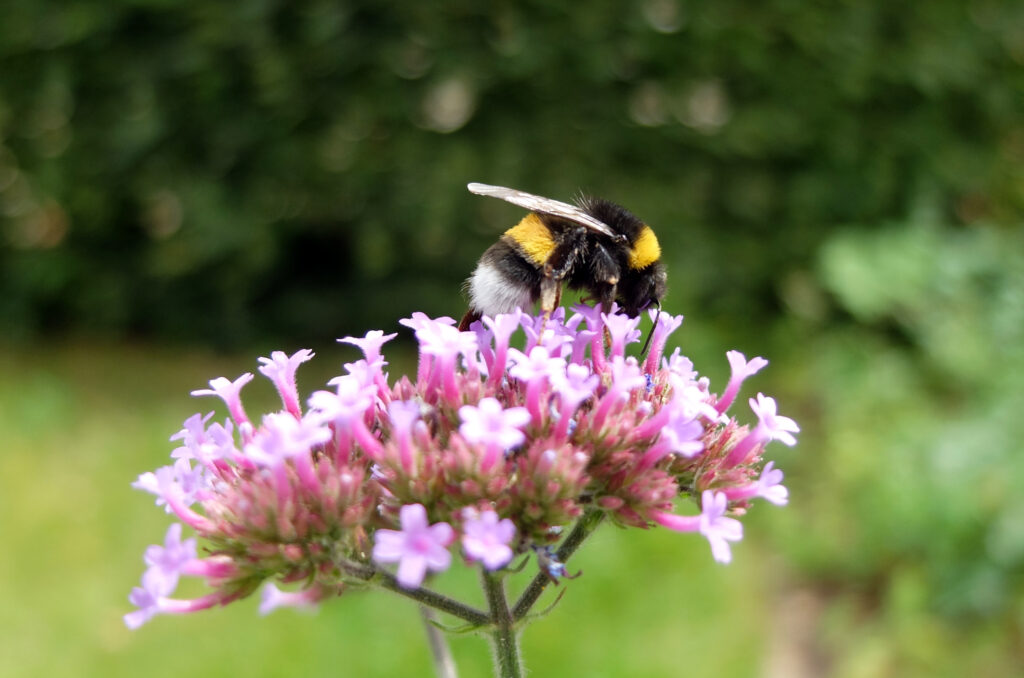‘Your own green oasis’ – what do you think of this description for a garden? I used to think of the term ‘oasis’ as pretentious marketing lingo. I changed my mind one hot day in July.
The hottest, driest and weirdest…
After the hottest year in 2024, German hydrologists called the early spring of 2025 the driest on record since 1931. Then, in June, a heat dome settled over most of Europe, with the western part of the continent experiencing its hottest June on record (the third hottest worldwide). According to climate scientists, we will experience new extremes sooner than we would wish for.
This is not an article about climate change, though.
However, the context in which we are living is changing quickly, and the evidence rustles with dry grass and fallen leaves beneath our feet. And that is precisely what gives gardens a new meaning.
The draught-striken city
Last Sunday I meant to take our dog for a midday walk to a park. Even though the temperature mercifully dropped below 30°C it was still hot, dusty, and generally unpleasant. So I just made a short run around a block and decided to sit for a bit in a shaded courtyard.
As the dog settled I took a stock of surroundings. The trees and shrubs in the courtyard were still green and fared way better than those along the streets thanks to the shaded spot. But not much else showed signs of life. People hid indoors. A lone white butterfly searched for flowers over a dried, mown surface — I wouldn’t dare call it a “lawn” — without much success.
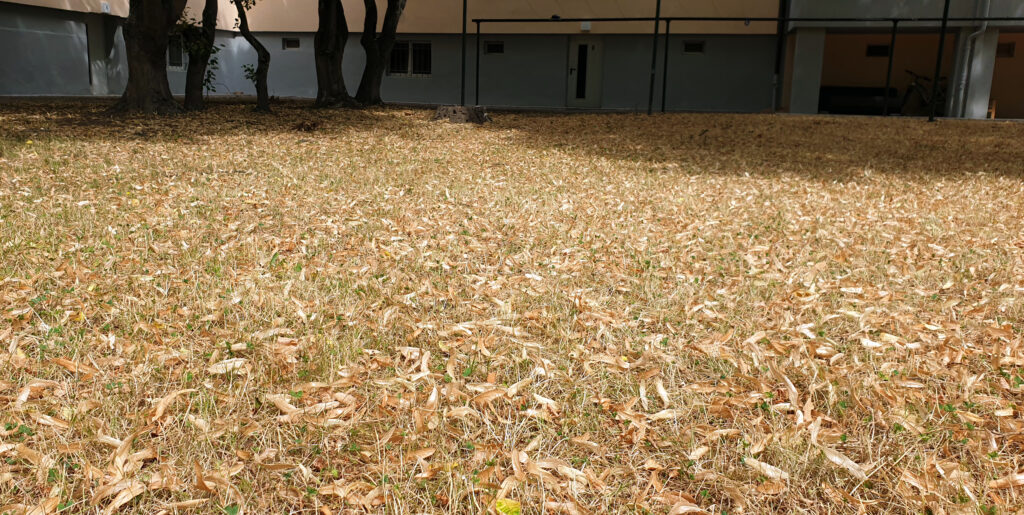
I dragged myself back home.
Then I stepped outside into a different world.
Into a green wildlife oasis
The garden was alive with enthusiastic buzzing, chirping and flapping.
First, the bees: honeybees, bumblebees, and all kinds and sizes of wild bees. Some are just a few millimetres long; others are large and stout; and others are slender and elegant.
Then came the hoverflies, in a multitude of shapes and sizes as well. They pretend to be bees, but they are less hairy and have only one pair of wings, unlike bees, which have two pairs. I can’t count the wings of flying insects, but, as their name suggests, hoverflies like to pause in mid-air between visiting flowers.
Butterflies! Real butterflies! I mean not just white ones, but yellow, brown, orange and peacock butterflies. Once, I even spotted a swallowtail.
The tiny buff-coloured grasshoppers and green grasshoppers the size of my thumb hop in the grasses. The whole menagerie scatters with each step through the garden, jumping high into the air.
There were also beetles, including scores of ladybirds. I am grateful to them for keeping my plants virtually free of aphids.
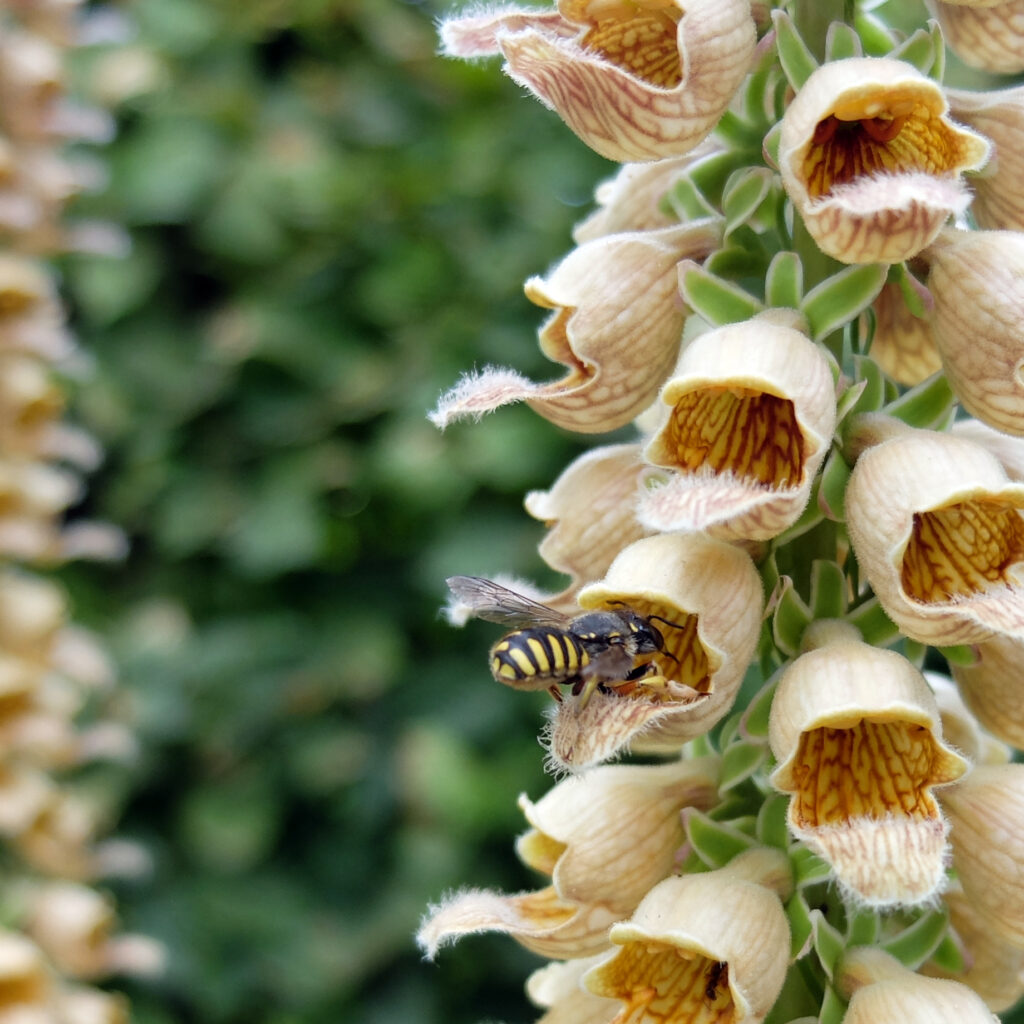
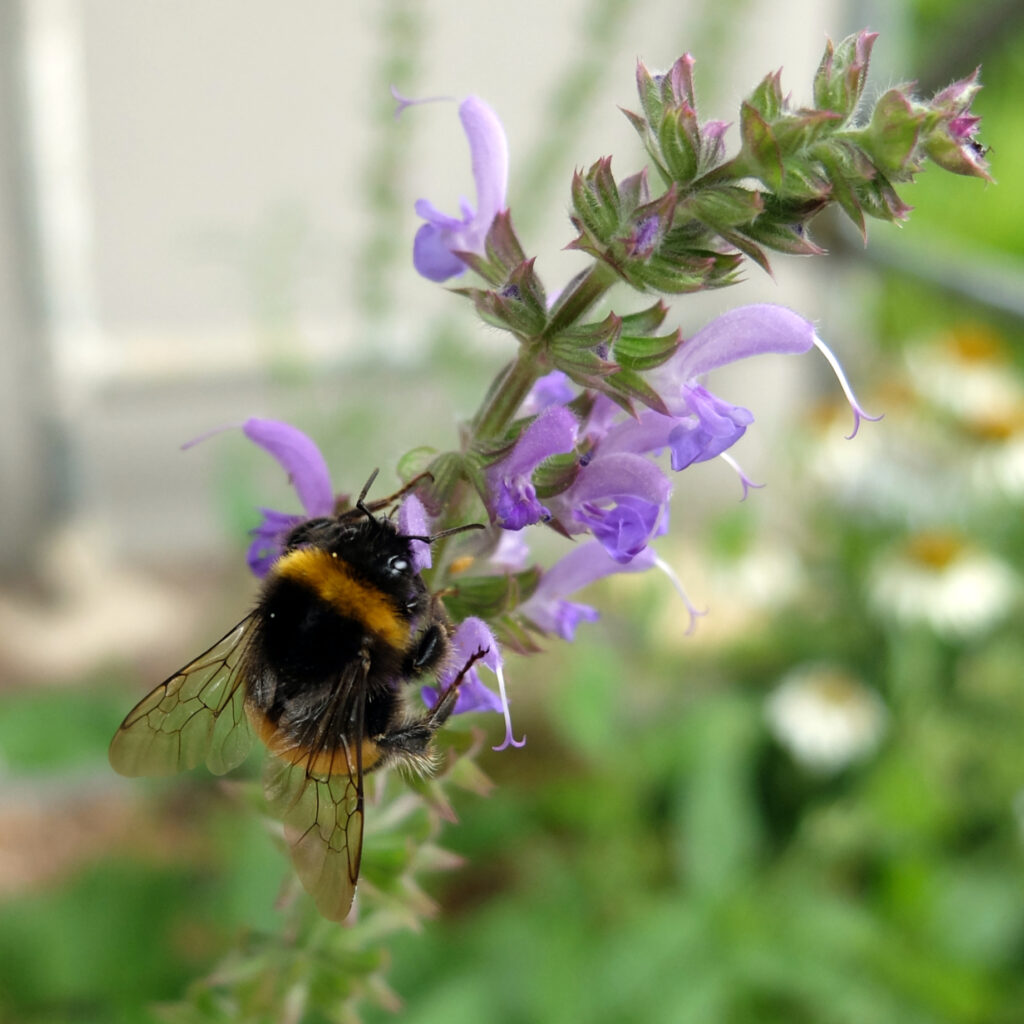
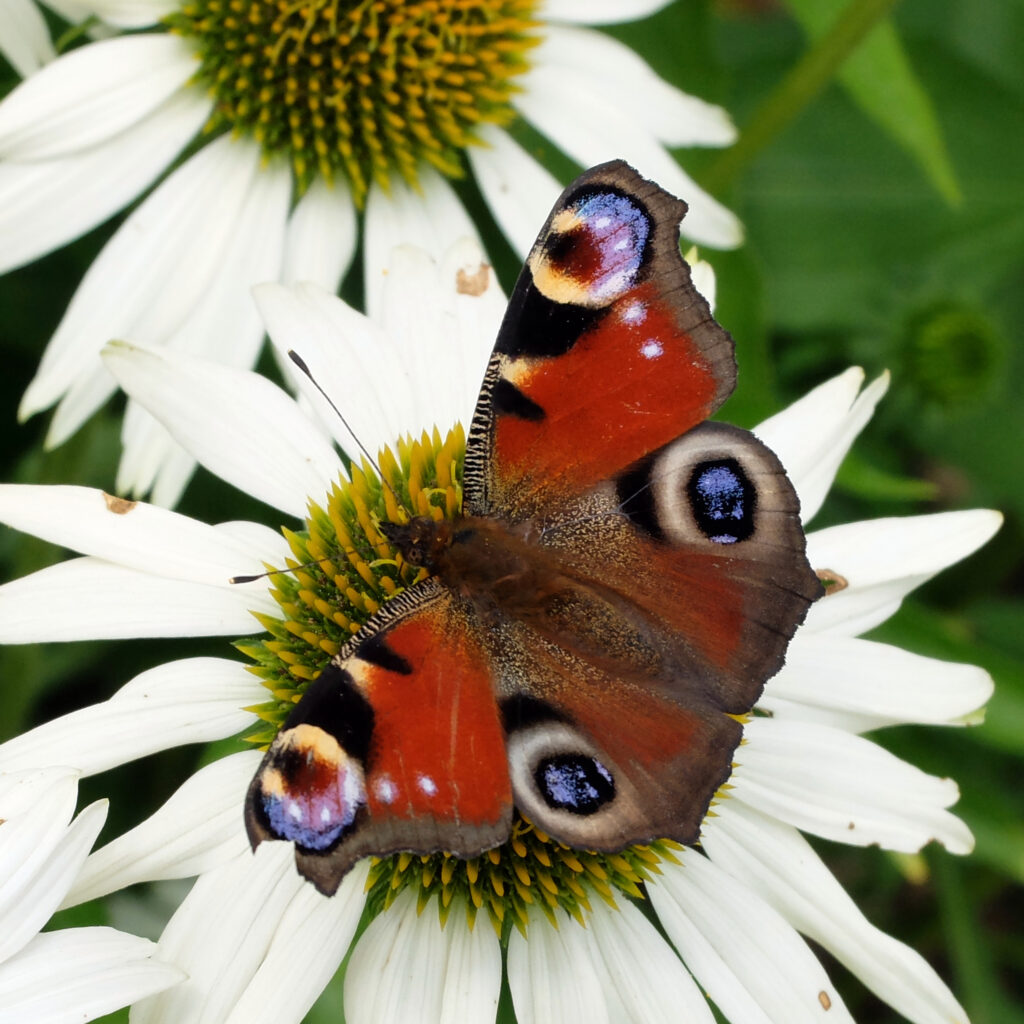
I may pass on the spiders, but there are plenty of them too. Most of them sit quietly in the garden, taking care of these insects that I don’t want indoors or on my plants.
There are also treasures for us: raspberries, wild strawberries, blueberries, blackberries and blackcurrants with aromatic fruits the size of gooseberries.
Everything looked like a tiny, but lively and biodiverse ecosystem. All on around 150 m²!
So, is ‘oasis’ an exaggeration?
Oasis:
1) An area in a desert where there is water and trees can grow.
2) A calm, pleasant place in the middle of somewhere busy and unpleasant.
My garden is far from perfect. It is shallow and squeezed between tall buildings. I experiment all the time with new plants and their limits, so the garden is constantly in development. I tend to focus more on what needs improvement than what works well. On top of the professional bias of spotting errors, there is currently an ugly scaffold by the terrace due to works being carried out on the balconies above. Much to my dismay, the workers have trampled a path through the hedge and flowerbed to access the scaffold.
Nevertheless, the contrast between this imperfect garden and the city was striking.
There’s something about gardens that’s difficult to explain unless you’ve experienced it yourself. We might be drawn to the idea of creating a garden because we want it to look pretty. We want a Pinterest-worthy outdoor room. But a garden is not a room, or a kitchen. It is a living thing where natural forces shape the outcome as much as our intentions and actions do. A garden can be beautiful, but its essence is much more than just an image.
An oasis carries a sense of nourishment and vitality. In this sense, a garden can indeed be an oasis. It nurtures wildlife. It also nourishes our souls.
Do I water my garden?
Yes. About 2-3 m³ per week during the hottest times. And while many plants would survive without additional watering, they would not thrive or support such a variety of wildlife.
It is the water that makes an oasis an oasis. One can judge irrigation as not sustainable, because we are depleting underground aquifers. While the municipality could certainly manage water better, individuals also need to consider what they water and the consequences of doing so. For now, I have come to terms with it. I believe that as long as there is water, supporting a garden through droughts is water well spent.
It’s going to rain today. This brings hope for the city’s trees. However, the garden will still be a hotspot for bees and other wildlife. An oasis, perhaps?
